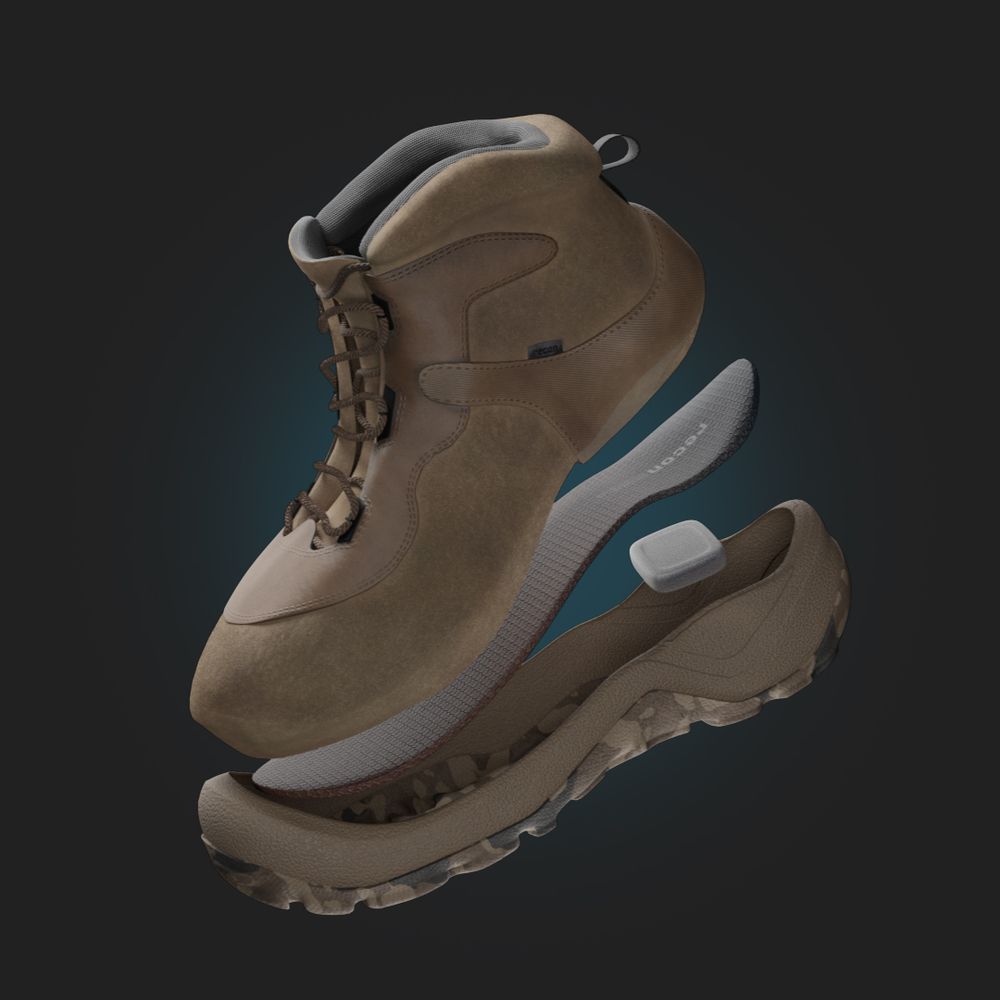
Designing the Future: A 3D Artist's Journey in Product Design
Discover the inspiring career of Skyup Academy alumnus, Luca Carvelli, a 3D artist and Product Designer.
In this article where we explore the career path of 3D artist and Product Designer, Luca Carvelli. Luca is also a graduate of Skyup Academy in Treviso, Italy.
Luca shares his valuable experiences, discussing the challenges he faced, the triumphs he achieved, and the impact his studies had on his professional growth.
Budding Product Designers, this article should give you some inspiration today!
I’m a 3D artist and product designer specialised in electronic products. My work is focused on analysing and understanding the needs of the client, which I consider to be the most challenging part of my profession. I carefully evaluate the feasibility of the requests, striving to fully comprehend what the client desires. After a preliminary phase of research and concept generation, I move on to a series of manual operations that allow me to create a tangible prototype of the idea.
As a 3D artist, I am committed to shaping the solution digitally as well, creating models that can be animated and are mechanically functional. This provides me with a comprehensive overview and helps me better assess the subsequent steps of the design process.
I am currently a designer at the Smart-x srls studio-laboratory, located in Milan. Our main focus is developing innovative electronic products, for which we have at least one patent for each idea. Currently, I am involved in two active projects where I have been tasked with managing the design process, in addition to fulfilling an operational role as a designer.
My position as a project manager allows me to coordinate the different phases of the project, ensuring effective communication between the internal team and clients. Additionally, I actively collaborate in the design process, bringing my expertise and creativity to develop innovative and functional solutions.
My passion for design was born in an Italian army radio warehouse, where I had the opportunity to face various logistical challenges in the areas where I operated. To solve some of these problems, I decided to redesign the space in order to have better control over the allocated devices. My project impressed the commander to such an extent that it was actually implemented upon my return from the national mission.
From that moment on, I realised how valuable it would be to study a discipline that would allow me to effectively analyse and synthesise problems in order to find creative and functional solutions. It was this experience that motivated me to pursue a career in design, aspiring to acquire the necessary skills to tackle complex challenges and make significant impacts through design.
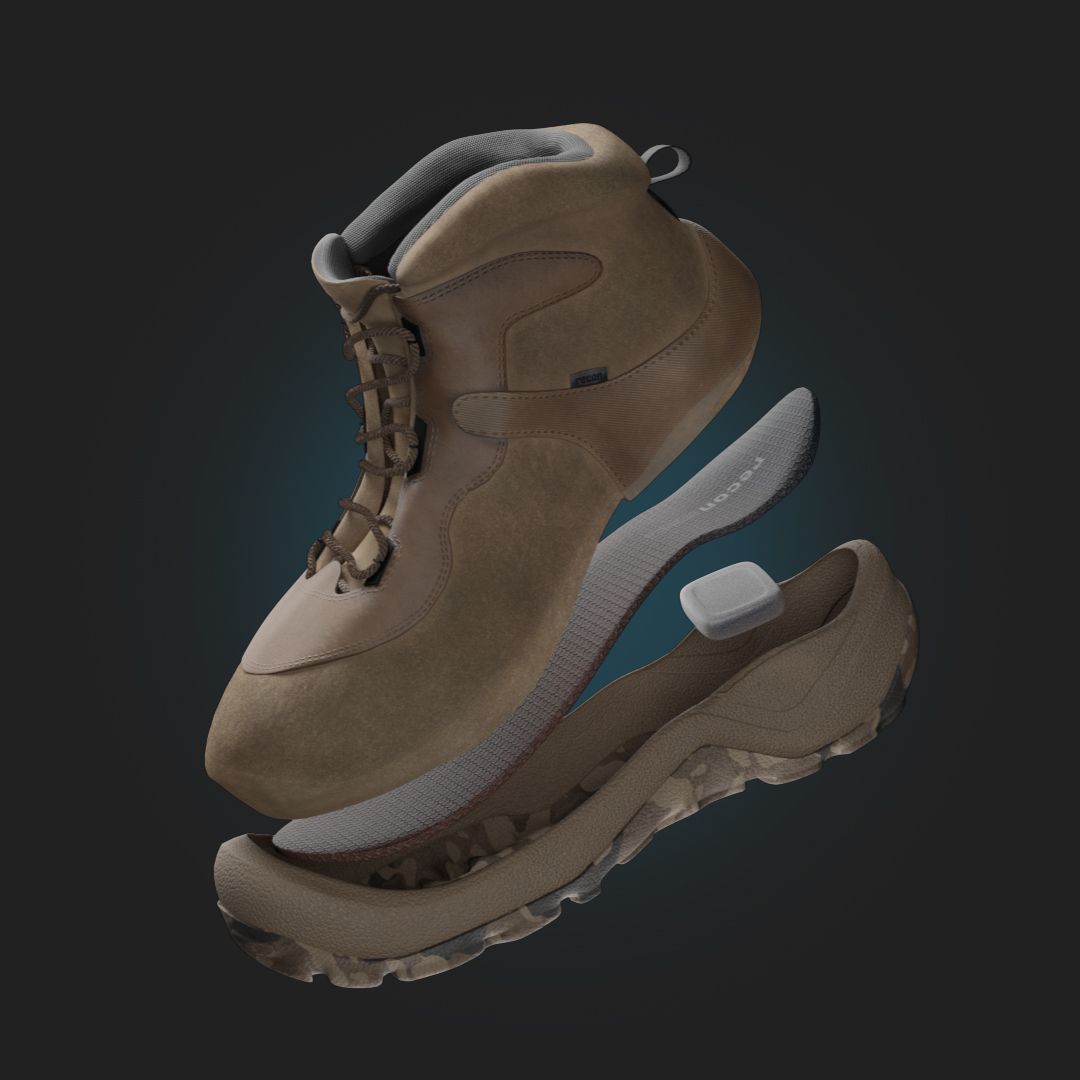
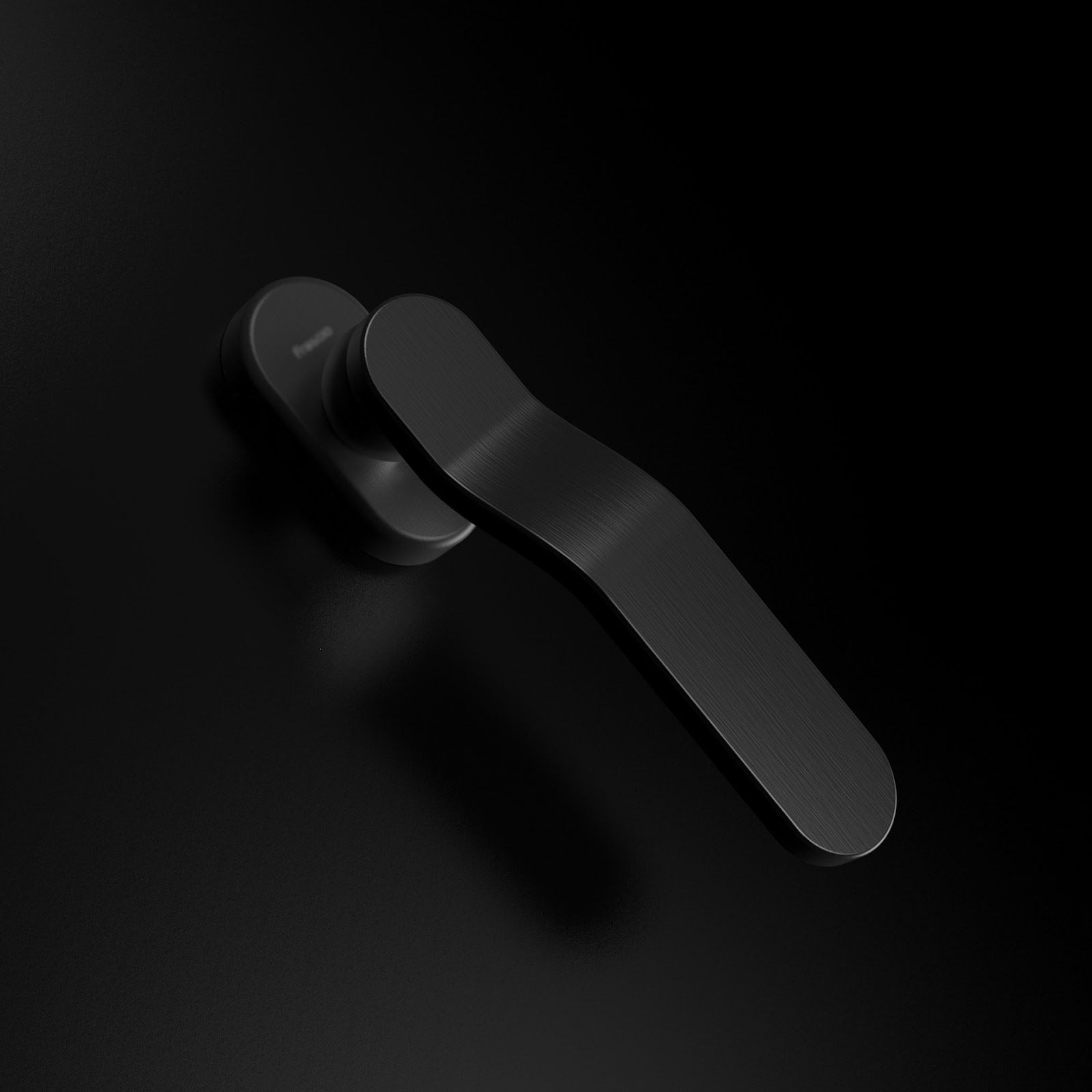
My first significant opportunity was linked to the publication of my work on Instagram. I remember, about a year after sharing my projects online while working at another studio, Davide, a friend of mine, contacted me proposing a collaboration on various projects.
From that moment on, the contacts and collaboration opportunities increased exponentially, and our partnership grew over time. Currently, we are still colleagues at Smart X, working in different areas—he in communication and me in product design—but with a common goal: bringing order to chaos and finding comprehensive and appropriate solutions.
Thanks to the visibility gained through social media and the resulting collaborations, I have had the opportunity to grow as a designer and work on increasingly challenging and rewarding projects.
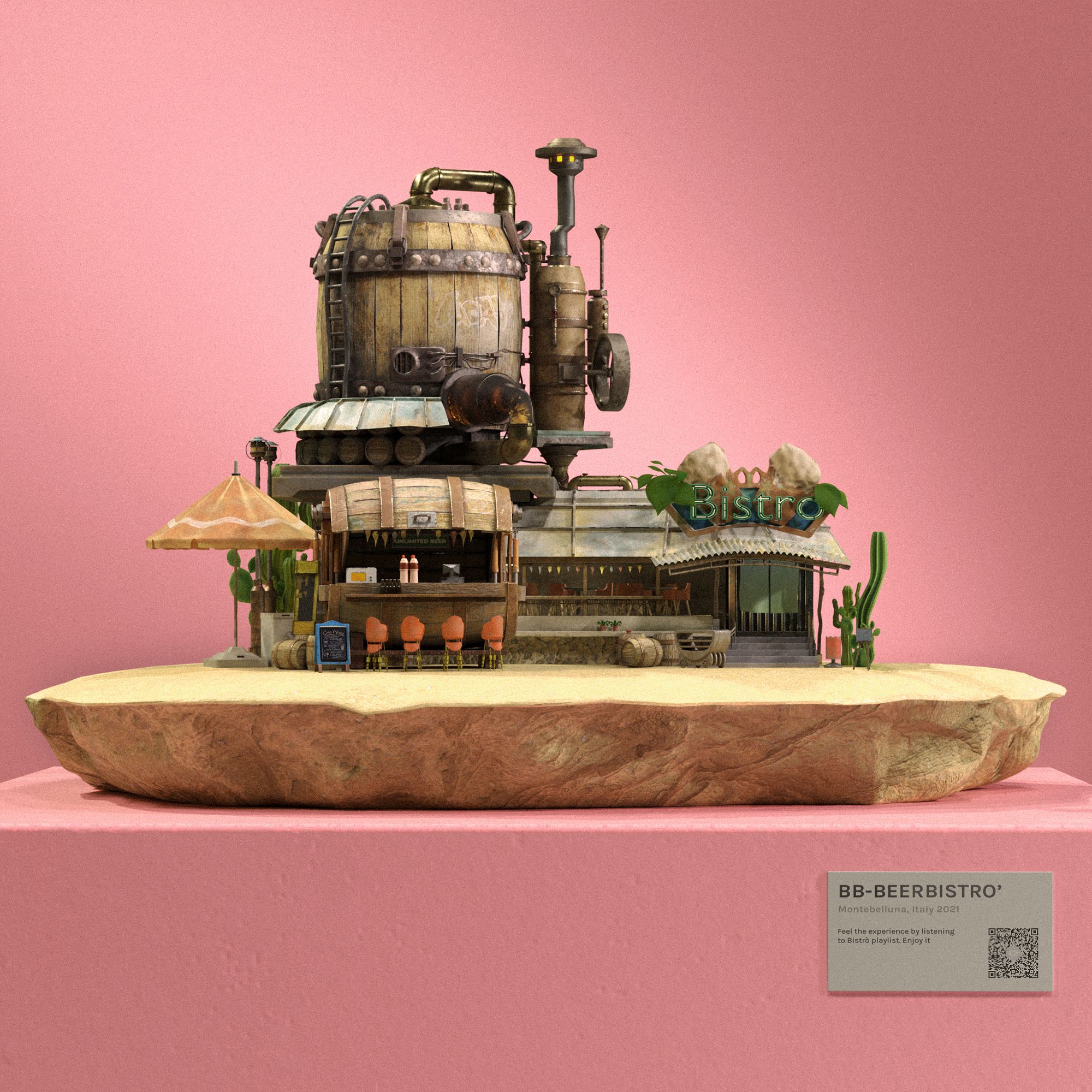
When I was young, I often overlooked the creative side within me and made decisions that were far from what I would make today. However, it was during my time in the army, under significant psychological pressure and with plenty of time for reflection, that I began to give space to who I truly was and cultivate my interest in design.
I decided to pursue education in product design at Politecnico di Milano, where I learned the fundamental principles of design and had the opportunity to work on various projects. During a workshop, I discovered my passion for computer graphics and decided to embark on a more creative path at Skyup Academy.
It was an intense experience in terms of the amount of information and time dedicated to projects. I learned a lot and I'm grateful for understanding the right method to approach projects effectively.
After completing my education, I worked as a freelancer, collaborating with various clients, and continued to refine my skills by participating in workshops and online courses. Later, I had my first job experience as a designer at a studio in Bergamo, where I could put into practice all my skills as both a designer and an artist. It was gratifying to see a product I had designed come to life for the first time, and I also had the joy of winning my first competition. During this period, I also shared my computer graphics work on social media, which led me to connect with my current colleague Davide and to the opportunity to work at Smart X.
Overall, my journey has been characterised by passion, education, experience, continuous learning, and seizing the opportunities that have come my way. This has allowed me to grow as a designer and begin to make a significant impact in the world of design.
I decided to enroll at Politecnico di Milano because I was aware of its reputation in the field of design. I had heard that the education would be highly technical and provide me with the necessary knowledge to navigate the design market confidently.
On the other hand, choosing to attend Skyup Academy was a gamble. At the time, the Academy wasn't well-known, and there were few available feedback or reviews. However, I followed my instincts and a strong belief in what I was doing. I must say that I was not disappointed.
Skyup Academy lived up to my expectations and was able to enhance the skills I expected to acquire in the field of computer graphics.
This dual education provided me with a solid understanding of creative processes and problem-solving methodologies, which are essential for approaching projects effectively. On the other hand, it allowed me to deepen my skills in the field of computer graphics, which are useful for effectively communicating my ideas.
A typical day for me and my team starts with a team meeting in the morning. During this meeting, we discuss ongoing projects, share progress updates, and define the goals to achieve for the day. Afterwards, we dive into the design work. This may involve activities such as research, analysis of client requirements, concept generation, sketching, and 3D rendering. We closely collaborate with each other, sharing ideas, providing feedback, and working together to find creative and functional solutions.
In addition to the design work, we dedicate time to research and continuous learning by studying the latest trends in the field of design and related technologies. Throughout the day, we regularly engage in discussions with each other to share ideas, discuss challenges encountered, and find collective solutions. Before wrapping up the day, we have a brief closing meeting to review what has been accomplished. This helps us maintain organization and ensure that projects progress smoothly.
In my daily routine as a designer, I use a variety of different tools. I use software such as Adobe Photoshop, Adobe Illustrator, Adobe InDesign, and Procreate to create sketches, illustrations, graphics, and presentations.
For 3D modeling, I use Inventor, Rhino, Blender, and Maya.
For rendering, I primarily use Blender, for texturing I use Substance 3D Painter, and for interactive prototypes, I use Unity.
For logistics and collaboration purposes, I use Asana and ClickUp.
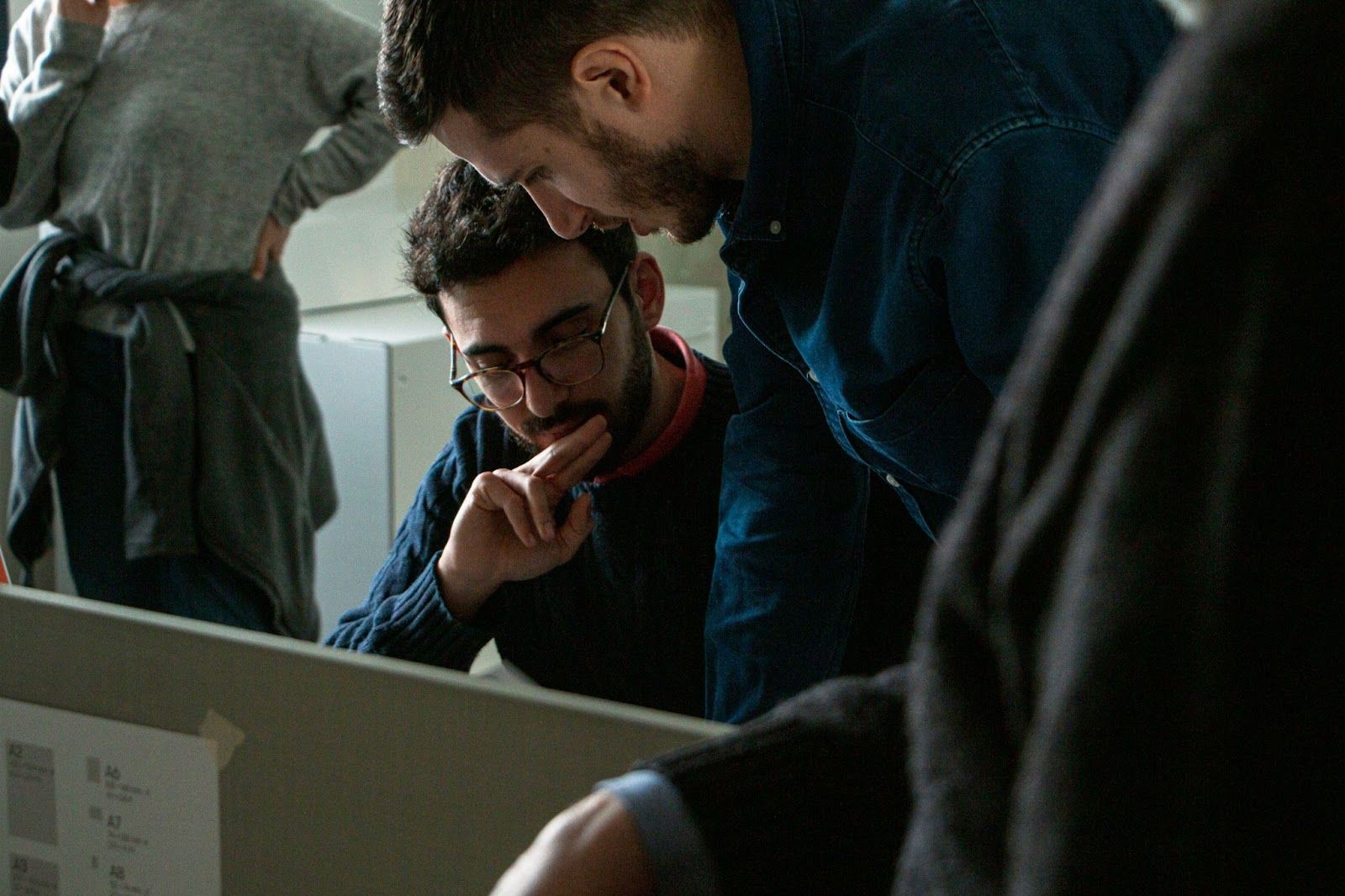
My workflow is not linear, rather it is often recursive and repetitive. This is because projects evolve, pause, go back, and then restart. In principle, I follow the most common approach in the design world, "the double diamond design process." Generally, I analyse the project brief and discuss with the client or the team to gain a clear understanding of the objectives, constraints, and expectations. I conduct detailed market research to identify true project opportunities.
I proceed by seeking sources of inspiration, studying the latest design trends, exploring materials, and staying informed about new techniques and technologies. I initiate the creative process by generating a series of ideas, mood boards, and concepts that respond to the brief and pre-analysis evaluations. Once the most promising concepts are selected, I begin transforming them into more detailed sketches and 3D models to define dimensions and form.
Lately, I enjoy taking this phase into AR by roughly blocking out the idea to have a more realistic view of what I am creating. After creating the 3D model, I move on to identifying project constraints and assess how the form can change based on them. This initiates a repeated cycle of prototyping and testing. These prototypes are useful for evaluating and testing the ergonomics, functionality, and feasibility of the design. This phase is interspersed with feedback from the client or the team, which may result in further iterations between 3D modeling, prototyping, and research for materials with specific surface effects until a satisfactory solution is reached. For commercial purposes, I often offer clients previews of the project with contextually rendered 3D visuals to best showcase all stages of development.
After creating the final 3D model, I move on to the rendering and complete visualisation phase, which helps me effectively communicate the final appearance of the product. Once the design is finalised, I work on comprehensive product documentation, including technical specifications, detailed drawings, and presentation materials.
I work closely with the electronics engineering laboratory for the product part, while for the communication part, I am in close contact with my long-time colleague, who is digital project manager.
The most prominent trend in this historical period is artificial intelligence. The increasingly widespread use of this tool is opening up new opportunities and challenges in the field of design, as well as in computer graphics. As a designer, I need to keep up with these new technologies and learn how to adapt my creative processes to make the most of them. As a thinker, I have the advantage of being able to store more information in much less time, restructure the logical flow of projects more clearly and comprehensively, and dedicate more time to implementing prototype solutions. Currently, in my workflow, I am experimenting with these services to focus more on physical products and customers. I believe that all of this will not change the nature of my role but rather serve as one of the many tools by which goals can be achieved.
I would never give up the opportunity to work in different design areas, even those that are extremely different from my usual field. Not having clear boundaries to work within makes my job extremely dynamic, stimulating, and fuels my endless curiosity.
One thing I would like to see changed is the overall perspective on the processes that lead to a solution. Too often, I find myself dealing with clients or project teams who think and work towards perfect products, without fully considering the challenges and compromises that may arise along the way.
It's important to understand that the path to a successful solution can involve mistakes, failures, and course corrections. We should embrace the idea that the design process is a journey of discovery, where we explore various possibilities, learn from experiences, and adapt solutions.
A more human-centered and less machine-like approach. I expect a more realistic and collaborative view of design processes that can yield better results, fostering innovation, tackling challenges, and creating solutions that are truly meaningful for users.
I think it's extremely valuable, as well as essential. There are numerous online and offline courses available on design and computer graphics that I'm excited about, but I believe that investing time in creating a solid foundation that can permeate one's way of thinking is worth more than anything else. I believe that being a designer is not just a profession, but a way of being. Acquiring the basics of this mindset through a rigorous approach provides a solid framework, like a mold that shapes a piece of plastic. Personality, on the other hand, is the surface finish of this piece of plastic, which will be different for each of us because we have a unique vision of the world around us. This can certainly be enriched through informal education based on mentorship and self-directed learning through specific courses to develop specific skills.
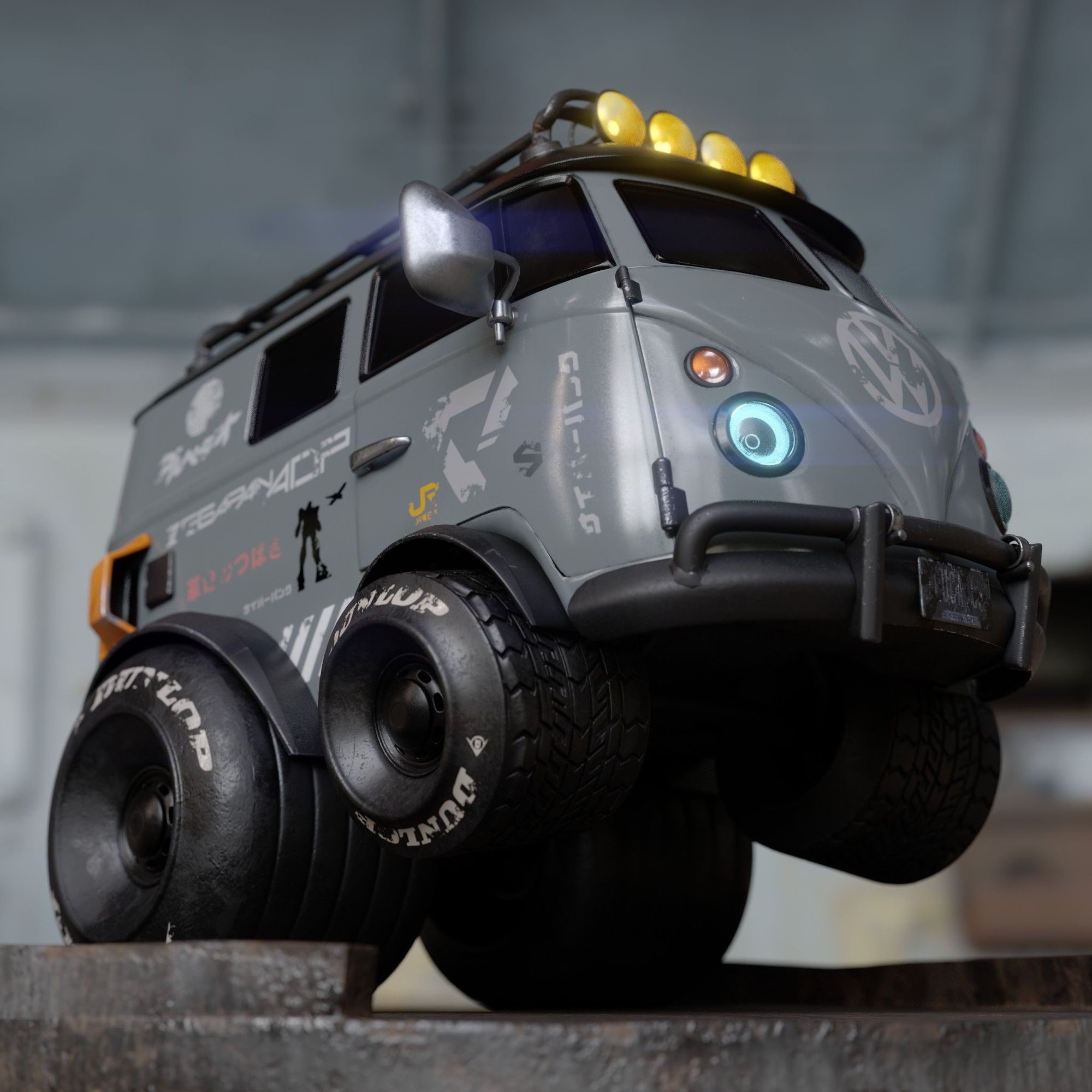
Thinking, thinking, thinking, and experimenting with different creative solutions to solve assigned tasks.
When hiring a 3D artist or designer, I primarily look at their soft skills. Since design is a multidisciplinary approach, it's not enough to have great skills in modeling or rendering, or to focus solely on theory.
It is extremely important that the candidate understands the field they are working in, learns quickly about it, can leverage their technical skills to their advantage, and is determined to achieve goals by collaborating with the entire team.
Often, many candidates in the design industry show a lack of flexibility in managing changes and adapting to new contexts or unexpected challenges. This can be attributed to the fact that they sometimes focus too much on their specific technical skills, without considering other possibilities and approaches that could lead to equally valid solutions.
I believe it is important for a designer not to limit themselves to what they already know how to do, but to have an open mindset and a willingness to explore new means and tools to achieve innovative results. Job postings often contribute to this situation by outlining a list of requirements that even an artificial intelligence would have difficulty meeting. This creates a sense of insecurity, a fear of not being enough, and makes it more difficult for candidates to approach obstacles differently.
I am very curious about my work, and this curiosity leads me to find something stimulating every day. I feel inspired by challenges, and my eyes light up when faced with complex problems. It is in those moments that I challenge myself to find the right solution.
My inspiration comes from life itself. I greatly enjoy observing people, their behaviors, as well as objects, materials, and finishes. Inspiration comes from there, from an attentive view of the things around me. As both a designer and a 3D artist, I often find myself pausing to gaze on a particular texture or geometry and contemplate how I can translate it into the digital realm or bring it to life in another object. I concretize this flow of inspiration by sketching, taking photos, or collecting scraps. I find it essential to have a personal collection of experiences, and I archive everything, always telling myself that sooner or later, it will be useful, leaving it in a drawer, waiting for the right moment to open it.
In the portfolio, I suggest including personal projects that showcase creativity and out-of-the-box thinking. These can be artistic experiments, illustrations, or conceptual designs that allow for the exploration of ideas freely. Especially when you are a beginner designer or artist and don't have an extensive portfolio to present, focusing on personal projects is a great way to demonstrate your passion and ability to generate original ideas. Additionally, I believe it's important to highlight the details of team projects, showcasing the challenges encountered and the solutions implemented. This aspect emphasizes the flexibility and the ability to adapt to different group dynamics.
It's important too to choose only the projects you are truly proud of and that represent the best of skills and artistic abilities. Furthermore, it is advisable to avoid including projects that are too similar to each other, instead striving to offer a variety of styles, industries, or approaches to demonstrate your flexibility.
One common mistake is presenting a poorly crafted or disorganised portfolio. It is crucial to carefully select the best projects and showcase them effectively. It's also important to tailor the portfolio to the specific job you're applying for, demonstrating an understanding of the industry or field of interest. Another mistake is neglecting the importance of self-presentation. It's essential to express your ideas, creative process, and the value you bring as professionals and individuals in a clear manner.
Appreciate and learn from others. Be open to new experiences, different perspectives, and the challenges that life presents. Always be eager to learn and grow. Remember that success is not only defined by talent or skill, but also by passion and, above all, perseverance. Don't be afraid to make mistakes, as they are an integral part of the process. Be willing to experiment, explore new paths, and take risks, as that is the only way you can discover your true potential. At every stage of your life, remain true to yourself and your passions. Don't try to be someone else or conform to others' expectations. Embrace your uniqueness and talent, and find ways to express them. Remember to enjoy the journey.
If I had the opportunity to address my past self, I would advise him to have more courage in making decisions, to think less and act more, and I would encourage him to step out of their comfort zone and embrace risk without fear of making mistakes.
Luca Carvelli is a Design Thinker seeking troubles to solve, and a valued member of the wider Rookies community. Reach out to him via the links below.
The Rookies | Instagram | LinkedIn | Behance